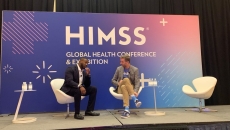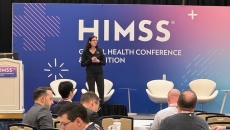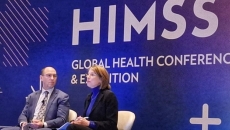Patient Engagement
Measuring digital maturity and building up analytics programs can help providers use AI tools to meet patient needs more effectively, says Natasha Ramontal, HIMSS senior digital health strategist.
Expectant parents in Arkansas will have access to state resources aimed at improving health literacy and adopting healthy habits.
Messaging tools, including automation, can help build trust in clinicians and encourage patients, says Ed Mitchell, Advocate Health's director of strategic partnerships, and Aaron Sheedy, Xealth COO.
The health system sees about 50 cases per day with one of its referring health systems – more than 18,000 cases per year where care is improved and patients and their families have a better experience, the CDIO reports.
Advocate Health uses a FHIR-enabled integration with its electronic health records to get customized information to patients before, during and after more than 200,000 annual well-child exams – achieving a 30% lift in patient engagement.
A new chatbot on its mobile health app features AI-based avatars that can communicate synchronously with patients through text, voice, or video chat.
The HIT landscape is evolving toward tools that support tangible improvements in direct care delivery, diagnostic accuracy and the preservation of meaningful human connections, Kem Graham of EHR vendor CliniComp says at HIMSS25.
AI and other digital tools are easing cognitive burdens for clinicians and enabling leaders to reallocate staff to higher-value tasks, says Whende Carroll, clinical informatics advisor at HIMSS.
Houston Methodist Hospital is using text messaging, voice technology and generative AI predictive analytics to drive patient-centered care.
The Data: Elemental to Health campaign has been focused on public health surveillance to facilitate an immediate response to health threats.








